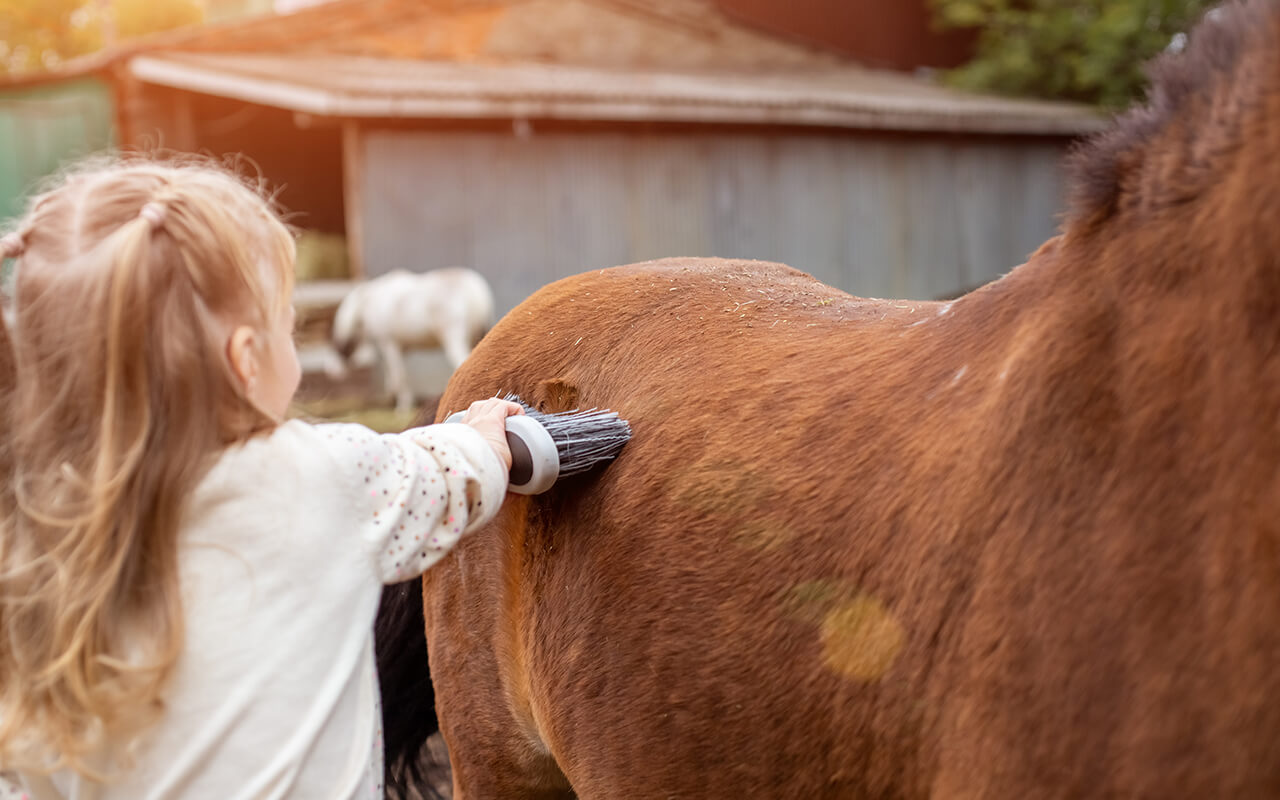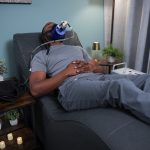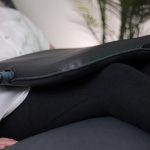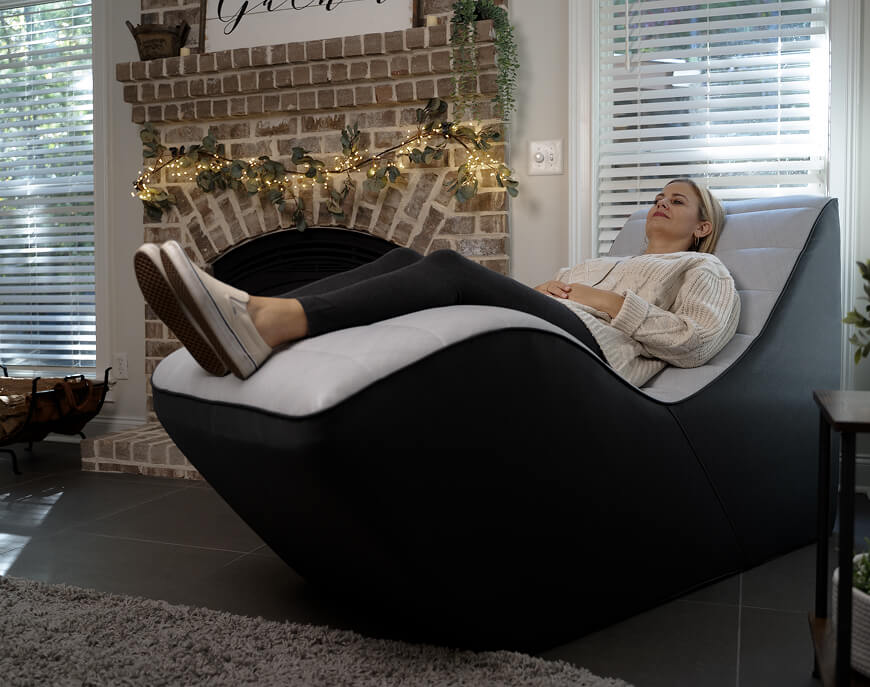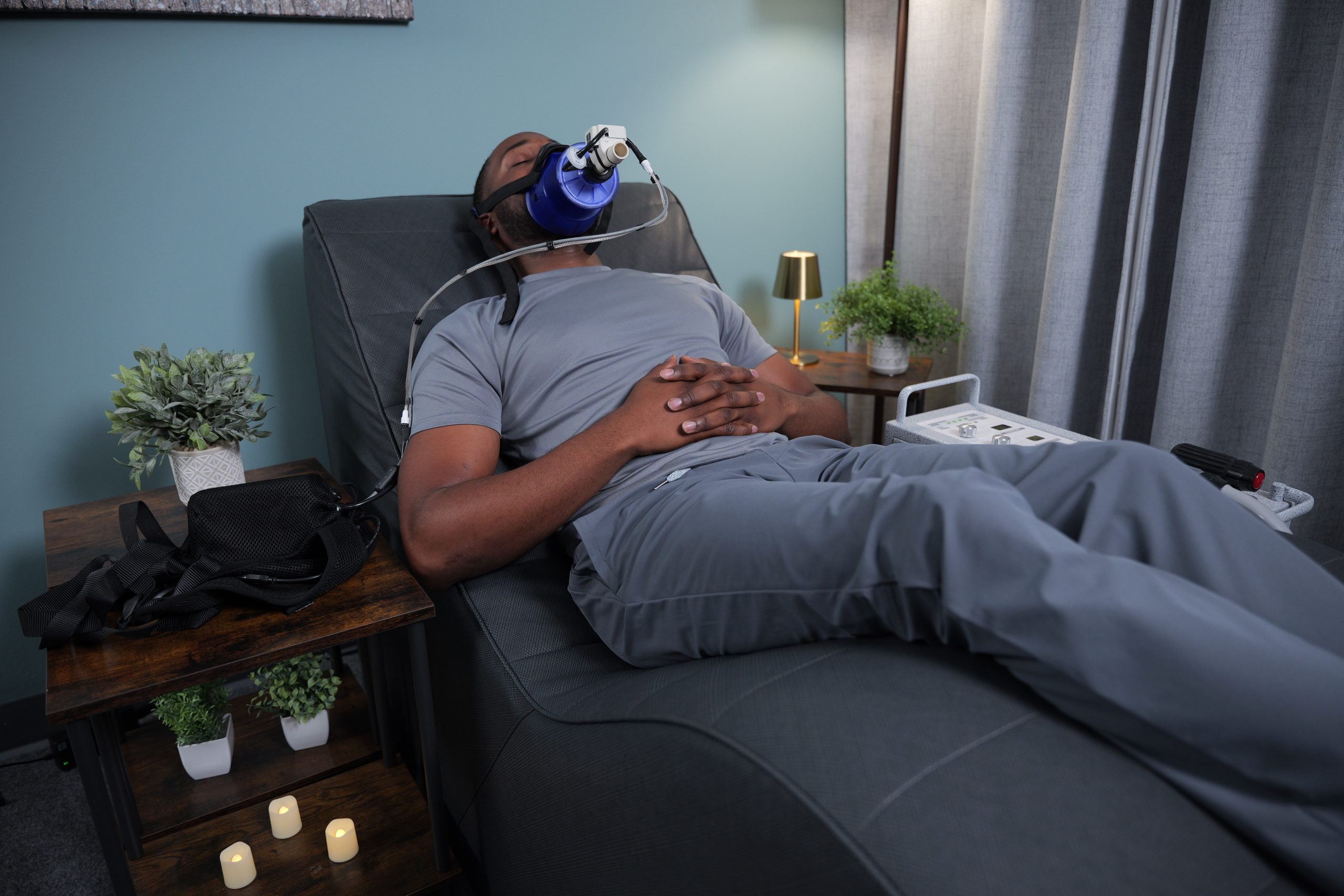
Terminology: Back Vs. Topline
Working The Core Muscles Helps The Back Muscles
One of the most efficient ways to build muscle in a horse’s back is to focus on core work. The more the horse controls its core, the more stable and strong the back becomes.
- Utilizing cavalettis in lessons– these jumps can be used in any equestrian style, and are a wonderful opportunity for a horse to strengthen their muscles
- Hill work– having the horse back up a hill is an especially good method for muscle development
- Proper back stretches and exercises- these are usually recommended by veterinarians, chiropractors, osteopaths, massage therapists, and physical therapists
Common Back Issues
Back issues can interfere with the health of a horse, and being able to recognize these issues will help them to be accessed as early as possible and lead to more effective treatment. The most common back issues are:
Kissing Spine: This disease is the overriding of the spinal processes along the vertebrae, usually between T3-T18 of the horse’s back. These processes normally have space between them to allow for movement; however, with Kissing Spine, there is very little, or even no space. This allows the vertebrae to rub together during movement, which causes equine back pain. The specific cause of Kissing Spine is currently unknown, and it can occur in any breed, although there is a higher risk factor for Warmbloods and Thoroughbreds.
Wobbler’s Syndrome: Wobbler’s occurs when there is a narrowing of the spinal cord due to pressure from malformed or compressed vertebrae. This causes a lack of coordination and ataxia as the primary symptoms. There is also no clear cause for Wobbler’s.
Spondylosis: This is a degenerative condition of the vertebrae in the spine. It can cause a wide range of both back and behavioral issues. It is usually secondary to another issue.
Sacroiliac/Lumbosacral Issues: Both of these types of issues come from the wear and tear of the body while working and can also be caused by injuries.
These issues all have different causes, but their results are all the same. Any of these issues can lead to poor performance, and can cause the athletic career of a horse to slow down or even halt..
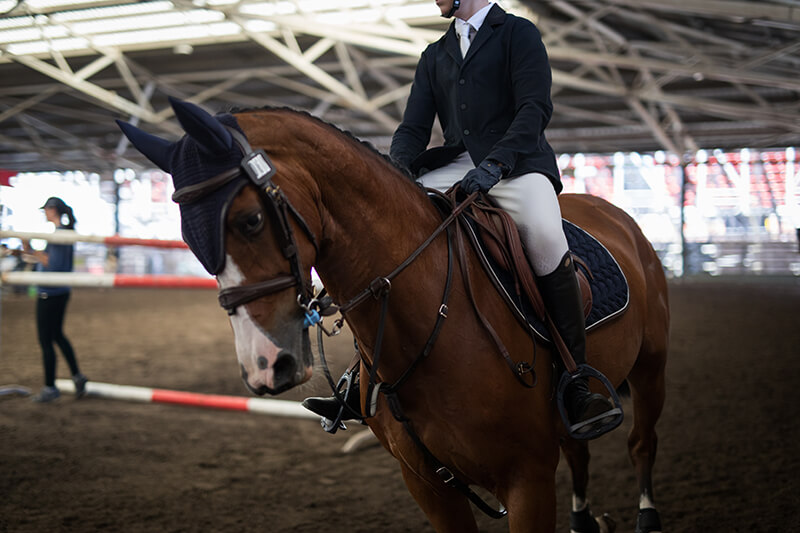
Incorporating PEMF Sessions For Back Support
When a horse has been diagnosed with any type of back issue, incorporating PEMF as a part of its recovery can be helpful. Before considering adding PEMF, always speak with the acting veterinarian to make sure it’s an appropriate modality for that horse.
There are several ways that PEMF can benefit the equine back:
Relaxation is another area that may be supported with PEMF. The recovery period is very important with any horse. The horse will not experience recovery unless they rest.
Intensity and Positions To Support The Back
The horse should always determine the intensity of the pulse, especially when they are experiencing pain. Because of this heightened sensitivity due to pain in the horse’s back, always start with low intensity PEMF, and gradually increase to the comfort of the animal.
If you are using a spark gap machine, keep the dial turned very low, and increase slowly.
When using an XL Pro, start with low MFS (1-10%) and gradually increase. We recommend not going over 25% MFS for horses for the first couple of sessions. The PPS should be set in the 1-2 range. Look for relaxation signs in horses like overall tension leaving the body, licking and chewing, stretching, and a lowered head.
Let’s look at some pulsing positions for supporting a horse with back issues:

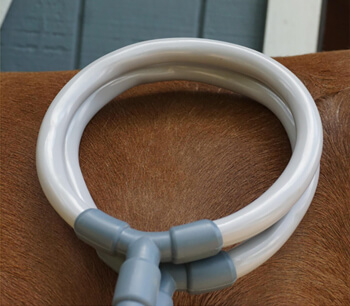
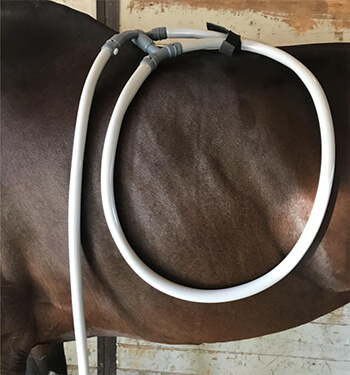
Keeping this simple position but using the velcro strips to pull the loops together over the back is a great way to focus the PEMF in that area. This position can cover a lot of space, especially if you are utilizing our XL and XXL Loops.
If you have any questions on PEMF and how it can support the equine body, please give Pulse PEMF a call at 770-334-2226 or email us at info@pulsepemf.com.
[3,4,5]To locate the citations referenced above, visit info.pulsepemf.com/research.

